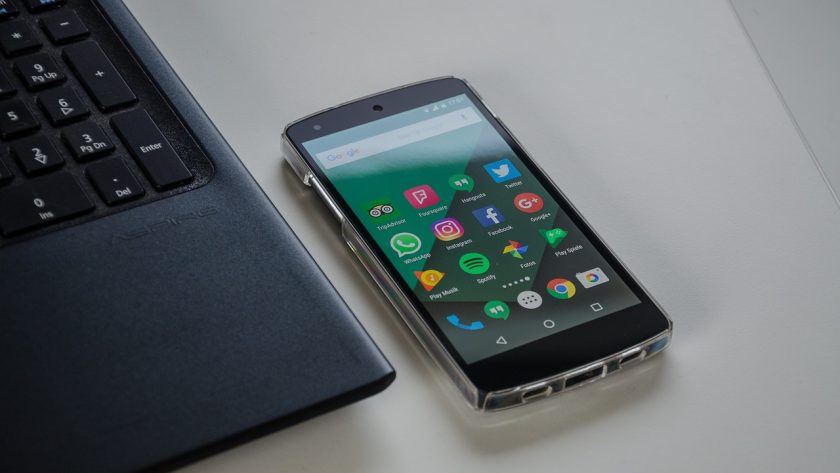Balancing Screen Time and Productivity: Tips for Establishing Healthy Habits
Balancing screen time and productivity can be a challenge for many people. With the rise of technology, it is easy to become overwhelmed by the amount of time spent on screens. However, establishing healthy habits around screen time can help you stay productive and maintain a healthy lifestyle. Here are some tips for balancing screen time and productivity:
First, set limits on how much time you spend on your devices each day. This will help you stay focused and avoid distractions that can lead to procrastination. Additionally, try to use your devices for productive activities such as researching topics or completing tasks related to work or school. Finally, make sure to take regular breaks from your devices throughout the day in order to give yourself a chance to relax and recharge. Taking these steps will help you establish healthy habits around screen time and ensure that you remain productive while still enjoying the benefits of technology.
Utilizing Built-in Screen Time Features: Setting Limits on Phones for Kids
Nowadays, it is becoming increasingly common for children to have access to smartphones and other devices. While these devices can be a great source of entertainment and education, they can also be a source of distraction and potential harm if not used properly. Utilizing built-in screen time features is one way parents can help ensure their children are using their phones responsibly. Setting limits on phones for kids allows parents to control how much time their child spends on the device, as well as what types of apps or websites they are allowed to access.
Screen time features vary from device to device, but most allow parents to set daily limits on usage, restrict certain apps or websites, and even block content that may be inappropriate for younger users. Additionally, many devices offer parental controls that allow parents to monitor their child’s activity on the phone. By utilizing these tools, parents can help ensure their children are using their phones safely and responsibly while still allowing them to enjoy the benefits of technology.
Creating a Screen Time Schedule: Structuring Device Usage for Balanced Lifestyles
Creating a screen time schedule is an important step in helping to structure device usage for balanced lifestyles. It can help to ensure that individuals are not spending too much time on their devices, and instead are engaging in activities that promote physical and mental health. A screen time schedule should be tailored to the individual’s needs and lifestyle, taking into account any existing commitments or hobbies they may have. For example, if someone has a job that requires them to use their device frequently, then it would be wise to set aside specific times during the day when they can take a break from their device and focus on other activities.
When creating a screen time schedule, it is important to consider how long each activity should last and how often it should occur. This will depend on the individual’s preferences as well as any external factors such as school or work commitments. Additionally, it is important to remember that there should be some flexibility built into the schedule so that individuals can adjust it according to their changing needs or interests. Finally, it is essential to make sure that everyone involved understands the rules of the schedule and agrees with them before implementing them.
Encouraging Offline Activities: Engaging Alternatives to Excessive Phone Use
Excessive phone use has become a major issue in today’s society, with many people spending too much time on their phones and not enough time engaging in offline activities. Encouraging offline activities is an important way to help reduce excessive phone use and promote healthier habits. There are many different ways to encourage offline activities, such as participating in outdoor activities like hiking or biking, playing board games or card games with friends and family, reading books or magazines, taking classes at a local community center, volunteering for a cause you care about, or simply taking some time each day to unplug from technology and enjoy the world around you. All of these activities can provide meaningful experiences that will help reduce your reliance on your phone and create more balance in your life.
In addition to encouraging offline activities, it is also important to set boundaries when it comes to phone use. This could include setting specific times during the day when you turn off your phone or limiting the amount of time spent on social media apps. It is also helpful to be mindful of how often you check notifications and take breaks from looking at screens throughout the day. By creating healthy boundaries around phone use and engaging in meaningful offline activities, we can all work towards reducing our dependence on our phones and leading healthier lives.
Open Communication and Setting Digital Boundaries: Promoting Responsible Phone Use
Open communication is an important part of promoting responsible phone use. It’s important to talk openly with your children about their phone use and set expectations for how they should be using it. Explain the importance of not overusing their phones, setting boundaries on when and where they can use them, and being mindful of what content they are viewing or sharing online. Encourage them to take breaks from their phones and engage in other activities such as reading, playing sports, or spending time with family and friends.
Setting digital boundaries is also essential for promoting responsible phone use. Establish rules around when and where your child can access their phone, such as no phones at the dinner table or during school hours. Set limits on how much time they can spend on their devices each day, and monitor their activity to ensure that they are following these rules. Additionally, make sure that you have parental controls enabled on all devices so that you can block inappropriate content or limit access to certain apps or websites. By taking these steps, you can help ensure that your child is using their device responsibly.




